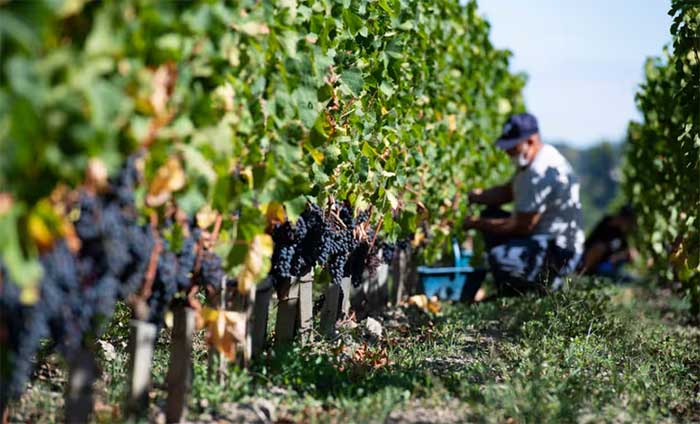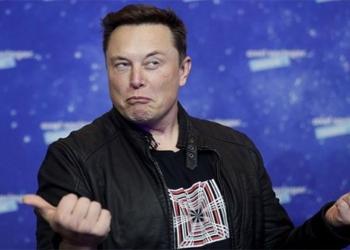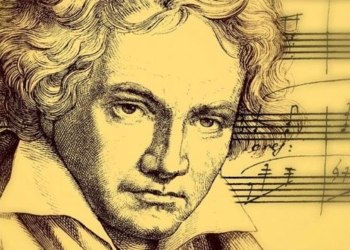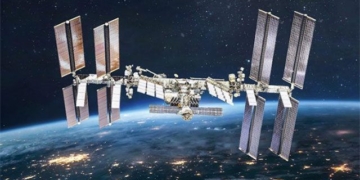AI Trained to Differentiate Wine Origins Aims to Combat Fraud.
Professor Alexandre Pouget at the University of Geneva (Switzerland), a member of the research team, stated that fraud concerning the origin of wines has long been a significant issue in the wine industry. Wines produced in remote areas are often labeled with names from renowned wine regions to artificially inflate prices.

AI can be used to trace the origin of wine – (Photo: EPA).
According to the journal Communications Chemistry, fraudulent wine practices, often referred to as “hanging a goat’s head to sell dog meat,” cost Europe approximately 3 billion euros annually. Earlier this year, a case involving “falsified” wine was brought to court, highlighting around 5 million bottles of wine produced in Spain but labeled as Bordeaux (France).
The research team led by Professor Alexandre Pouget recently announced a solution to transform AI into a “professional wine-tasting” expert, capable of identifying counterfeit wine bottles.
The team employed chromatography methods to analyze 80 types of wine produced over 12 years from 7 different regions in Bordeaux.
Instead of isolating and identifying the compounds that make up the wine blend, scientists trained the AI algorithm based on all the chemicals detected in the wine to find identifying markers.
AI returns results in a grid format, grouping wines with similar characteristics together. From there, AI classifies the wines according to their respective production regions based on differences in compound concentrations.
The results are provided almost in real-time, saving significant time compared to traditional laboratory analysis of wine samples.
The research team noted that this technology could evolve into applications for customers to trace the origins of wine and avoid fraud.
Additionally, Professor Alexandre Pouget hopes that in the future, the team can enhance analytical functionality through algorithms. For example, AI could be used to determine the blending levels of component substances in a wine.





















































